Human-Engineered Changes on Mississippi River Increased Extreme Floods

A new study has revealed for the first time the last 500-year flood history of the Mississippi River. It shows a dramatic rise in the size and frequency of extreme floods in the past century—mostly due to projects to straighten, channelize, and bound the river with artificial levees. It also uncovered a clear pattern over the centuries linking flooding on the Mississippi with natural fluctuations of Pacific and Atlantic Ocean water temperatures.
Illegal beach scraping practices in Florida
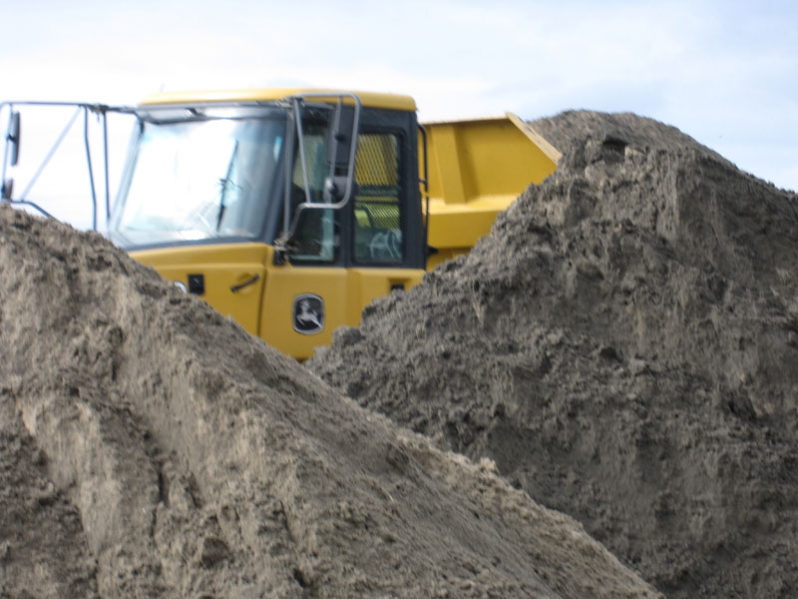
Four beachfront homeowners are receiving warnings from state for removing sand from beach with machinery to create a “small frontal dune at the base of the original eroded dune.” The practice of ‘beach scraping’ was common during the early part of the 1900s, but improper practices eventually led to state regulation.
Who knows where the sand goes?
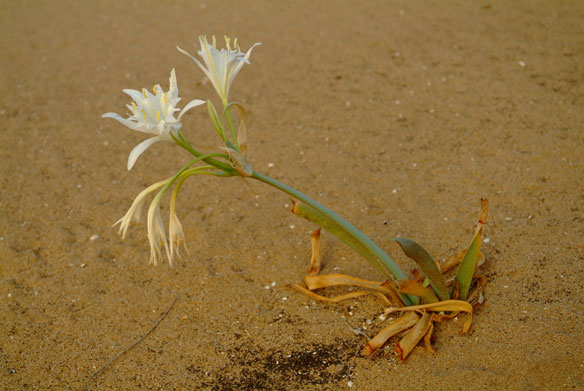
After years of rebuilding Delaware Bayshore beaches decimated by Hurricane Sandy, the American Littoral Society and its partners have developed a computer tool to help predict where the sand will travel.
Hotting up: how climate change could swallow Louisiana’s Tabasco island
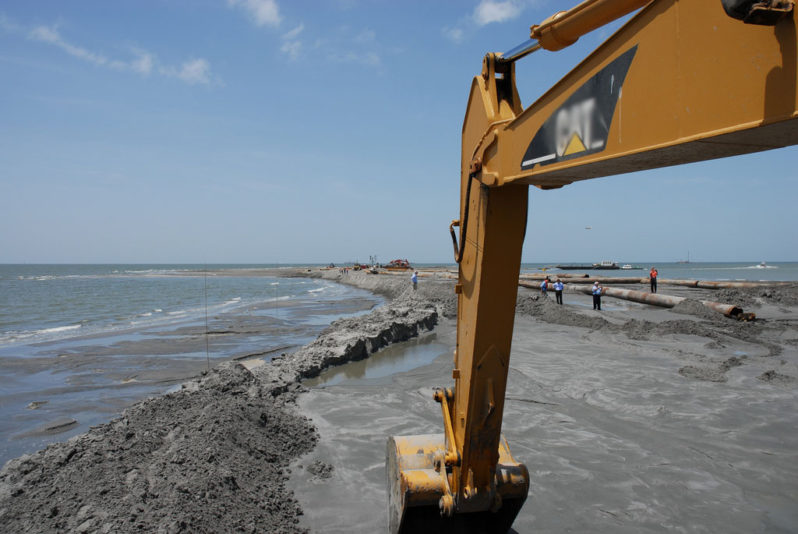
With thousands of square miles of land already lost along the coast, Avery Island, home of the famed hot sauce, faces being marooned.
First lorry-load of sand arrives at storm-hit Hemsby beach, UK
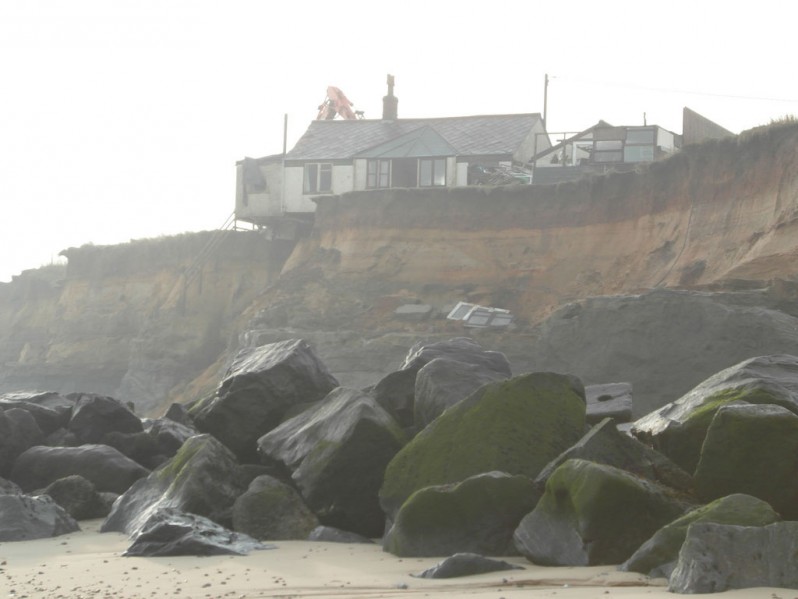
Work has started to replace sand stripped away from a beach, following storms which left a row of houses perched on the edge of a cliff.
Seaside homes in Norfolk evacuated over fears they could fall into the sea, UK
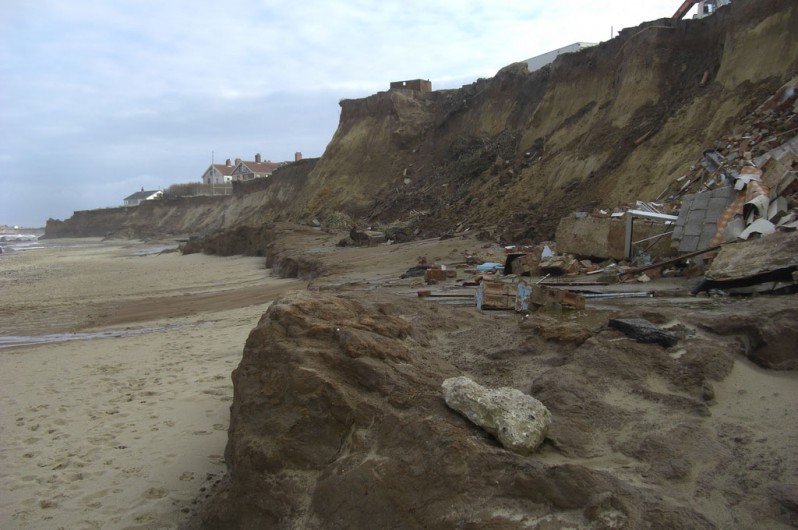
Homes in Norfolk have been evacuated amid fears they could be washed into the sea, repeating devastating scenes of 2013.
Easter Island is critically vulnerable to rising ocean levels
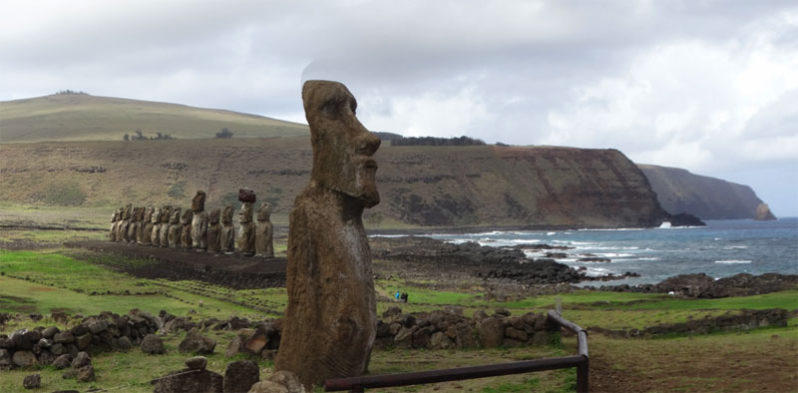
Nicholas Casey, a New York Times correspondent based in Colombia, and Josh Haner, a Times photographer, traveled 2,200 miles off the coast of Chile to see how the rising ocean is erasing the island’s monuments.
Maps show Northland coastal erosion and flood threat to homes; NZ

Climate change, storm surges, tsunamis, earthquakes and poorly placed human footprints could all increase the risk of flooding and coastal erosion at sites identified on Northland Regional Council’s new coastal hazard maps.
Experts contradict govt on coastal erosion, Thailand
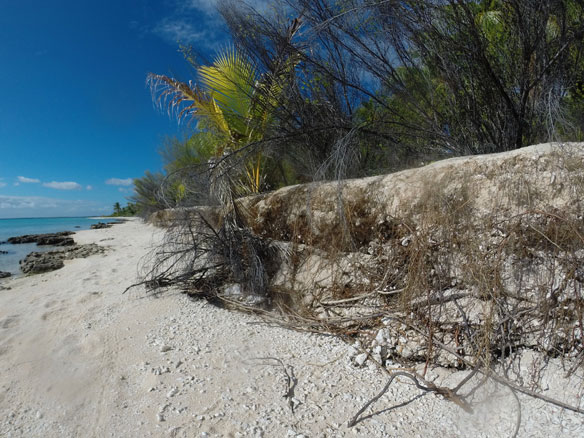
Experts reported that about 830 kilometres, or 30 per cent, of all coastlines in Thailand were at critical levels for erosion at a rate of more than five metres per year. This is far worse than stated in information from the coastal resources department.
